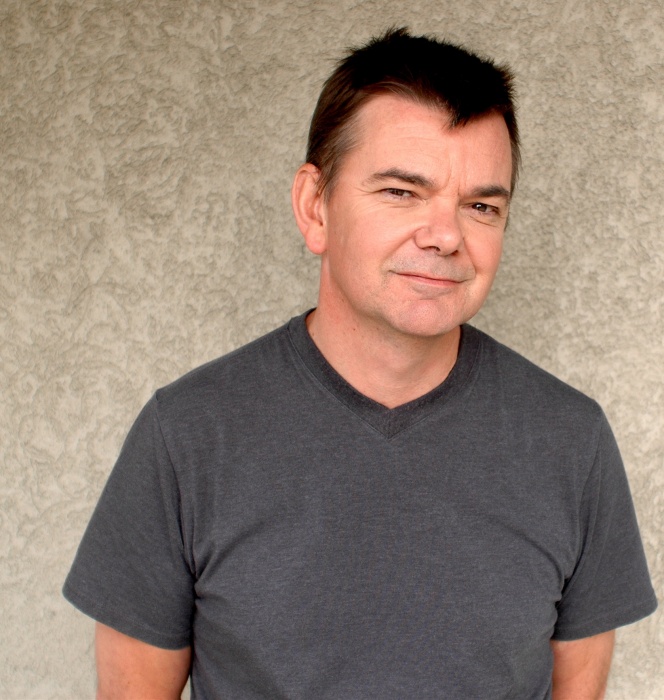For some, the music of the ’80s was as cheeseball as it gets. But for music journalist Kim Clarke Champniss, it was a revolution.
The former MuchMusic VJ details what he says was one of the most important decades in rock in his new e-book, The Republic of Rock ‘N’ Roll, due out in March via Warner Music Canada.

“The ’80s has been slagged for years as being a time of bad hair and bad fashion when, in fact, it’s one of the most fascinating and revolutionary periods of the last 40 or 50 years,” says Clarke Champniss, best known for hosting MuchMusic’s classic The New Music and City Limits programs in the ’80s.
Clarke Champniss’ new e-book details how the ’80s were the impetus for the music industry’s massive sales peak in the late ’90s and also for its eventual decline.
“In our lifetime we’ve seen the industry build up to unbelievably profitable heights and then have a meltdown,” says Clarke Champniss, “and a lot of it was set up by the ’80s, and then the ’90s cashed in on it.”
But the e-book isn’t just about the business of music; it’s also about politics and how music is intertwined with world events, such as the rise of right-wing conservatism and rapidly changing technology.
According to Clarke Champniss, the economic recession that led to the rampant consumerism of the ’80s, or the “greed is good” decade, made for some groundbreaking tunes.
“Politically it was the rise of Margaret Thatcher and Ronald Reagan,” he says, “and from a musical point of view technology was coming into play, drum machines, synthesizers, giving rise to the new sounds of bands like Kraftwerk, Orchestral Manoeuvres in the Dark, and even Duran Duran was toying with that kind of sound.”
Clarke Champniss, who also hosts a syndicated ’80s radio show, aptly titled The ’80s Radio Show, credits the modern resurgence of new-wave-influenced music to people of the current generation’s fascination with what got their parents on the dance floor three decades ago.
“The new synth bands like Crystal Castles are fascinated with what was happening with new wave,” he says. “The people that were born around that time want to put their life in context. ‘What was mom and dad listening to, what were they dancing to?’”
The Republic of Rock ‘N’ Roll takes the music of bands like Joy Division, The Cure, U2, and REM, as well as the rise of hip-hop bands like Public Enemy and Beastie Boys, and applies it to a decade that was ripe for a musical, and social, uprising.
According to Clarke Champniss, something had to give.
“When you boil it down, man, there was quite a lot going on in the ’80s,” he says, “and we were quite willing to let the world change.”
